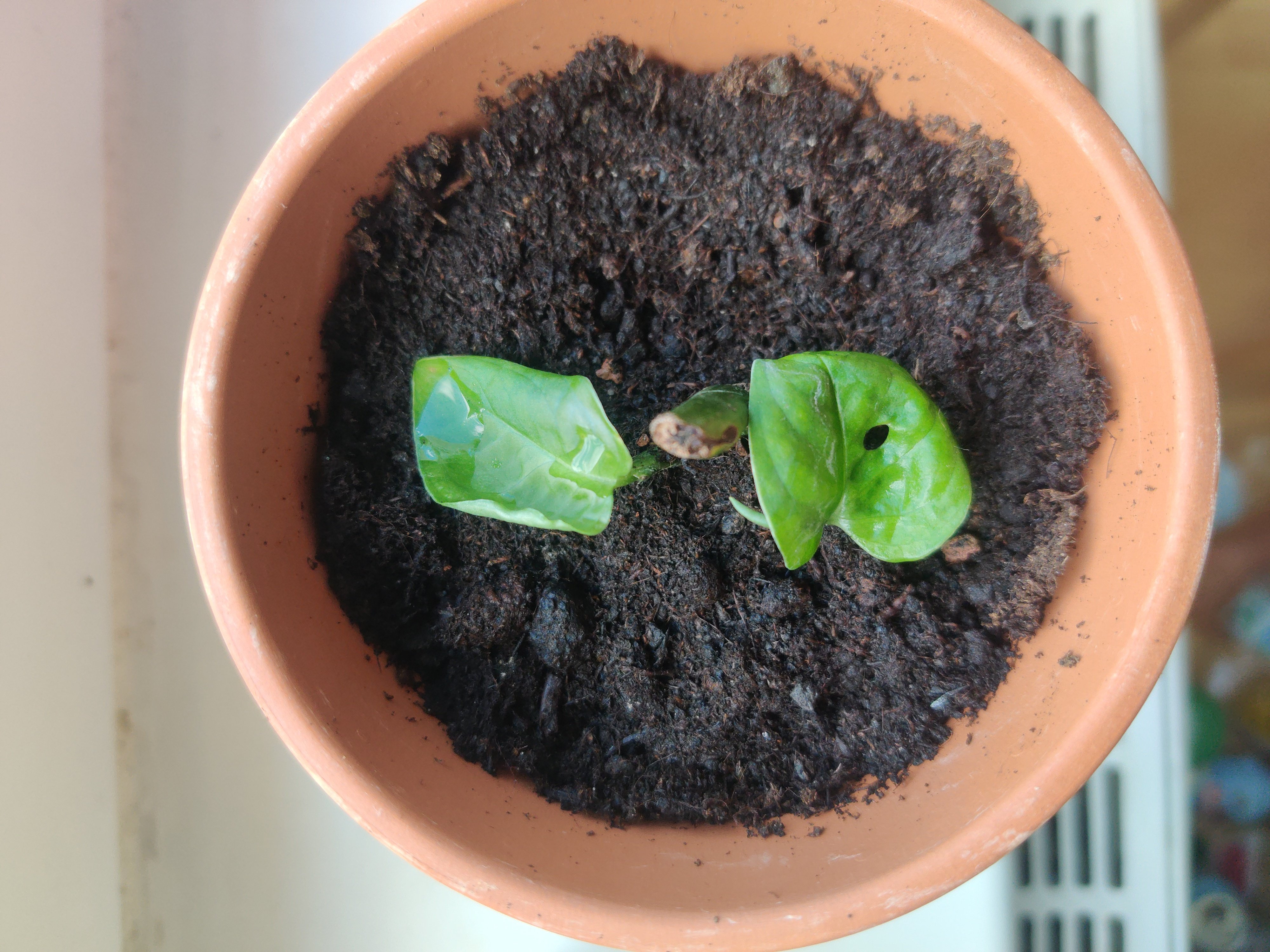Student: “Hey, a shortcut! Let me first just walk around the long way so I can measure the length of the other two sides, multiply those lengths by themselves, add them together, and find out how much extra walking I’ve saved myself by taking the shortcut. Boy, this shortcut sure is saving me a lot of effort. Hooray Pythagoras!”
The hypotnuse is shorter than the other two sides combined. That is the usage here though
There’s a college in Chicago, i think it’s IIT maybe, that used aerial photography to map out the student cow paths, then they redid all the sidewalks to incorporate those paths.
Edit: they ended up adding a building in a grassy area and maintained all the hall/walkways of the building in line with the sidewalks/cowpaths. Kinda neat.
I love this type of urbanism. Some cities also study how cars behave in winter by looking at the tracks in the street, and they realized cars actually needed much less room on street corners than they thought.
Every winter I see same corner filled with snow and nothing changed. They for sure need to cut some corners.
This has happened at a LOT of colleges. Penn State’s quad is crisscrossed with paths that they paved.
I’d be surprised if students didn’t immediately make new paths off the new sidewalks
why would they, desire paths happen because the initial pavements aren’t designed well.
We had that in my local park. There was a huge field that everyone walked through because it was much quicker than going around. So they finally made a sidewalk there (not with tarmac though, more like gravel and sand mix). Just a couple of weeks later there was a new path just parallel to this one. My guess is the problem was that the field was a bit hole shaped (sorry I don’t know a better term in English) and this, as well just the nature of the sidewalk, led to it accumulating water puddles, and also it just turned into sandy/stoney mud when it rained. For bikes it was also just more comfortable to ride over the grass than over gravel. But it still felt like an asshole move.
For bikes it was also just more comfortable to ride over the grass than over gravel.
True. Personal experience.
“Concave?”
Because that’s exactly what has happened multiple times at the community college I go to.
Just pave the entire thing at that point (sarcasm) (pls don’t do this)
Sadly this seems to be exactly their plan, just as soon as the government gives them another $10*10^6 to lose
I wish I was taught about the usefulness of maths growing up. When I did A-level with differentition and integration I quickly forgot as I didn’t see a point in it.
At about 35 someone mentioned diff and int are useful for loan repayment calculations, savings and mortgages.
Blew my fucking mind cos those are useful!
That’s one of the big problems with maths teaching in the UK, it’s almost actively hostile to giving any sort of context.
When a subject is reduced to a chore done for its own sake it’s no wonder most students don’t develop a passion or interest in it.
I do some 8-bit coding and only last month realized logarithms allow dirt-cheap multiplication and division. I had never used them in a context where floating-point wasn’t readily available. Took a function I’d painstakingly optimized in 6502 assembly, requiring only two hundred cycles, and instantly replaced it with sixty cycles of sloppy C. More assembly got it down to about thirty-five… and more accurate than before. All from doing exp[ log[ n ] - log[ d ] ].
Still pull my hair out doing anything with tangents. I understand it conceptually. I know how it goddamn well ought to work. But it is somehow the fiddliest goddamn thing to handle, despite being basically friggin’ linear for the first forty-five degrees. Which is why my code also now cheats by doing a (dirt cheap!) division and pretending that’s an octant angle.
One of my favourite names for anything is these being called ‘desire lines’. It’s so whimsical.
Indeed! “Desire paths” is the name I heard. There’s a community, too: [email protected]
thats a lovely community - thanks!
Idk, this really doesn’t have to do anything with Pythagora’s Theorem
Beyond the general “hehe funny meme” Some seem to think there’s some kind of math going on in people’s heads other than “shortcut”
The knowledge of Pythagoras or math doesn’t factor in here at all. Toddlers do this.
Having the knowledge just gives you fancy words for the resulting coincidental shape.
Yeah, true. No Euclidean distances implicit to this problem. Oh, wait…
Yeah… this is just “the shortest distance between two points is a straight line”
yea i get the intent but it doesn’t really make sense
That footpath looks like a brachistochrone curve. Interesting.
I think this is more a case of the triangle inequality in metric spaces, as you don’t have to calculate any particular edge to see the shortcut, as well as that it applies to any even non-rectangular triangle.
But if you want to know your saving, you will need to dust off the old formula. And if you do, you find the maximum saving to be around 41% (in the case of isosceles right triangle where the hypotenuse is a factor of sqrt 2 shorter).
That’s true (y)
Triangle Inequality also!
this is actually the one thing i am glad to have learned in math class. saves me a lot of guesswork sometimes.
I have literally done this calculation in my head while walking before to see if it was faster to cut the corner or walk around. Nice!









